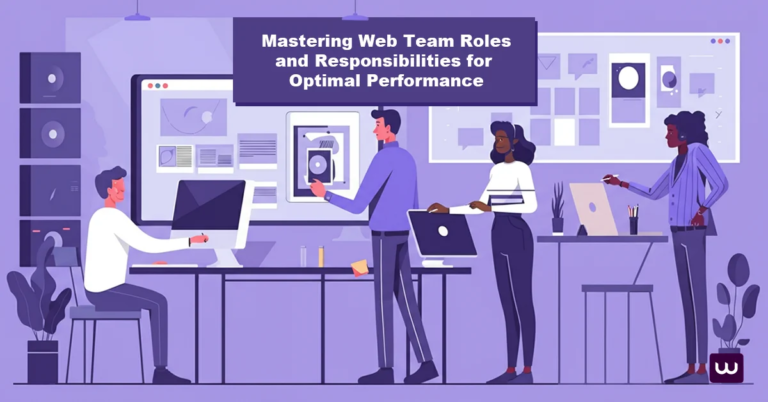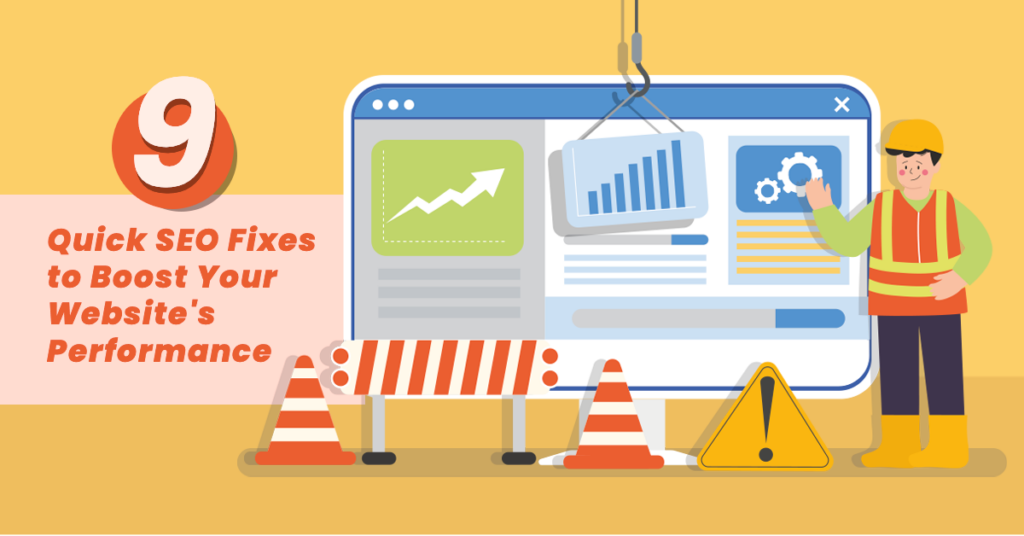
In the digital age, optimising your website for search engines is not just a luxury—it’s a necessity. Effective Search Engine Optimisation (SEO) is crucial for increasing visibility, attracting traffic, and enhancing user engagement. While SEO can be complex and multifaceted, there are several straightforward and impactful fixes that can be implemented quickly.
These fixes address key elements of your website, from content to technical aspects, ensuring it not only appeals to search engines but also provides a great user experience. This article delves into nine such quick SEO fixes, each vital for boosting your website’s performance in search engine rankings.
1. Quick SEO Analysis of Your Website
Conducting a quick SEO analysis of your website is essential to identify areas that need improvement. This process involves using an SEO audit tool or a website’s built-in SEO checker to scan your website and provide a report with valuable suggestions. The report will highlight issues such as broken links, meta description errors, and title tag inconsistencies. By implementing the suggested fixes, you can improve your website’s search engine rankings and increase online visibility.
To perform a quick SEO analysis, follow these steps:
Use an SEO audit tool or a website’s built-in SEO checker.
Scan your website to identify areas that need improvement.
Review the report and prioritize the suggested fixes.
Implement the fixes to improve your website’s search engine rankings.
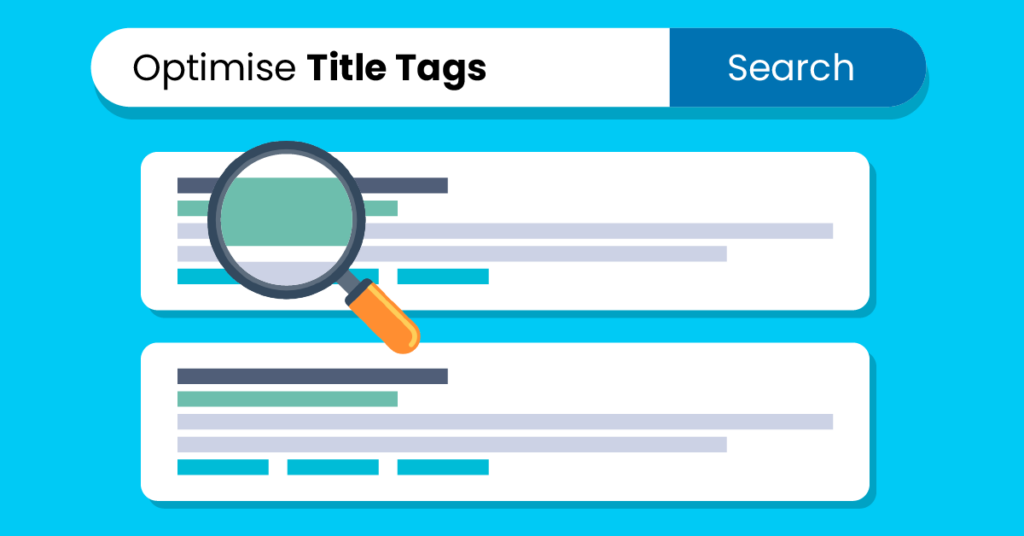
2. Optimise Title Tags
Title tags are a critical aspect of SEO, serving as the initial point of interaction between your website and potential visitors in search results. Search engine crawlers play a crucial role in the SEO analysis process by indexing your site and understanding its content. They need to be concise, yet descriptive, effectively summarising the content of each page while incorporating relevant keywords. This optimisation helps search engines understand the context and relevance of your pages. Title tags also play a pivotal role in user engagement; a well-crafted title can significantly increase click-through rates.
When optimising, remember to keep your titles under 60 characters to ensure they display correctly in search results. Each page on your site should have a unique title tag to avoid confusion and help search engines index your content properly. This practice not only improves user experience but also strengthens your website’s SEO by providing clear, context-rich indicators of your content’s focus.
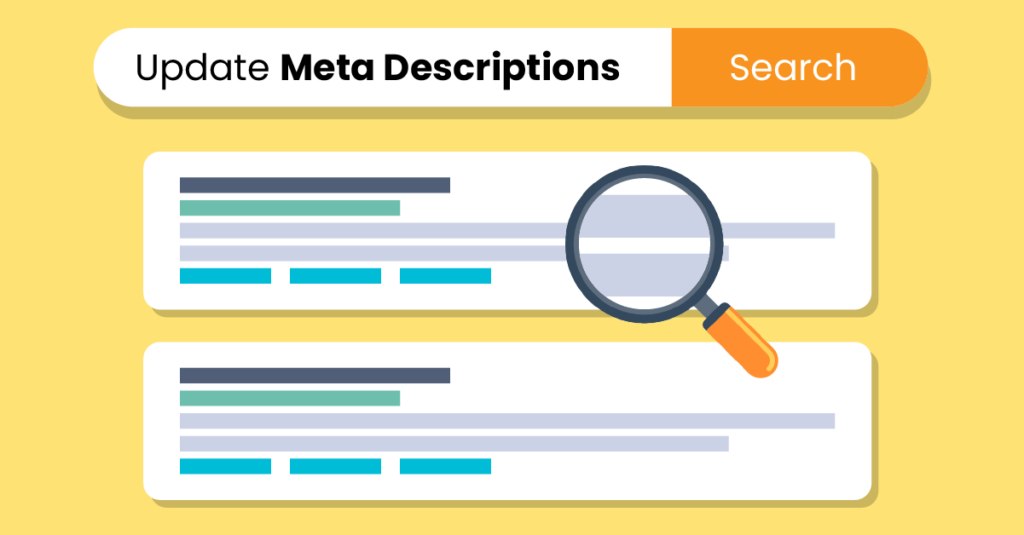
3. Update Meta Descriptions
Meta descriptions, while not a direct ranking factor in SEO, play a crucial role in driving user engagement and improving visibility in Google’s search results. These short summaries appear under the title tags in search results, offering a preview of your page’s content. A well-written meta description should be compelling and informative, encapsulating the essence of the page while incorporating target keywords. This approach enhances the likelihood of a user clicking through to your site. Meta descriptions should ideally be between 150-160 characters to avoid being truncated in search results.
Regularly updating meta descriptions ensures they remain relevant and aligned with the content, aiding in attracting the right audience. As a crucial element of on-page SEO, effective meta descriptions contribute to higher click-through rates, indirectly influencing your site’s organic search traffic and engine performance.
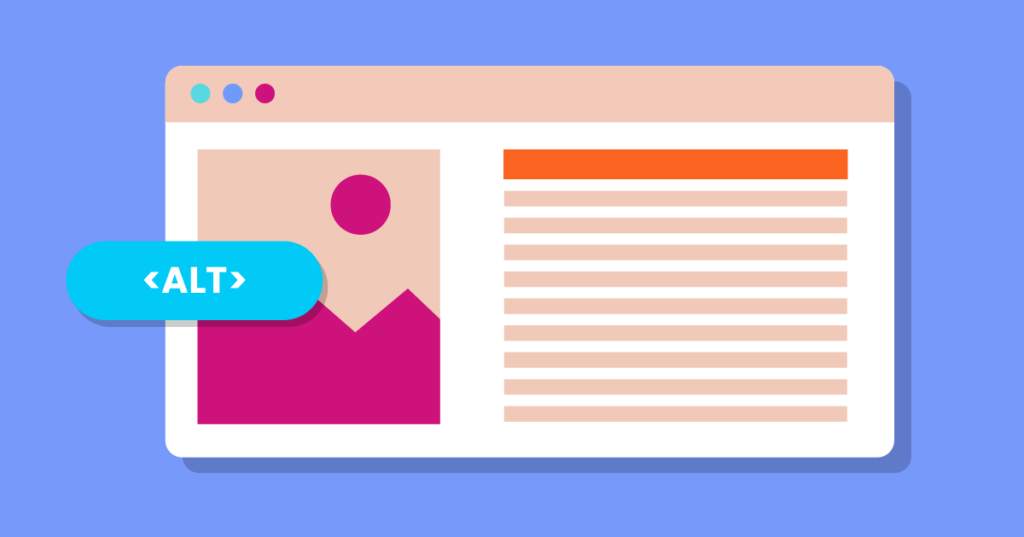
4. Alt-Text for Images
Alt-text for images is a fundamental component of web accessibility and SEO. It provides a text alternative for images, facilitating screen readers’ interpretation of visual content for visually impaired users. From an SEO perspective, alt-text enhances your website’s visibility in image searches and supports overall context for search engines. When crafting alt-text, focus on being descriptive and concise, accurately representing the image content while integrating relevant keywords where appropriate.
This practice not only improves accessibility but also gives search engines and search engine crawlers more context for indexing your content marketing images effectively. Avoid overstuffing alt-text with keywords, as this can lead to a negative user experience and potentially harm your SEO efforts. Thoughtful and well-implemented alt-text can significantly boost the inclusivity and reach of your website.
5. Update Old Content for User Intent
Updating old content for user intent is crucial to improve search engine rankings and increase online visibility. User intent refers to the reason why a user is searching for a particular keyword. By doing keyword research and optimizing your content to match user intent, you can increase the relevance and usefulness of your content, which can lead to higher search engine rankings.
To update old content for user intent, follow these steps:
Identify the user intent behind a particular keyword.
Review your old content and update it to match the user intent.
Use relevant keywords and phrases to optimize your content.
Ensure that your content is informative, engaging, and provides value to the user.
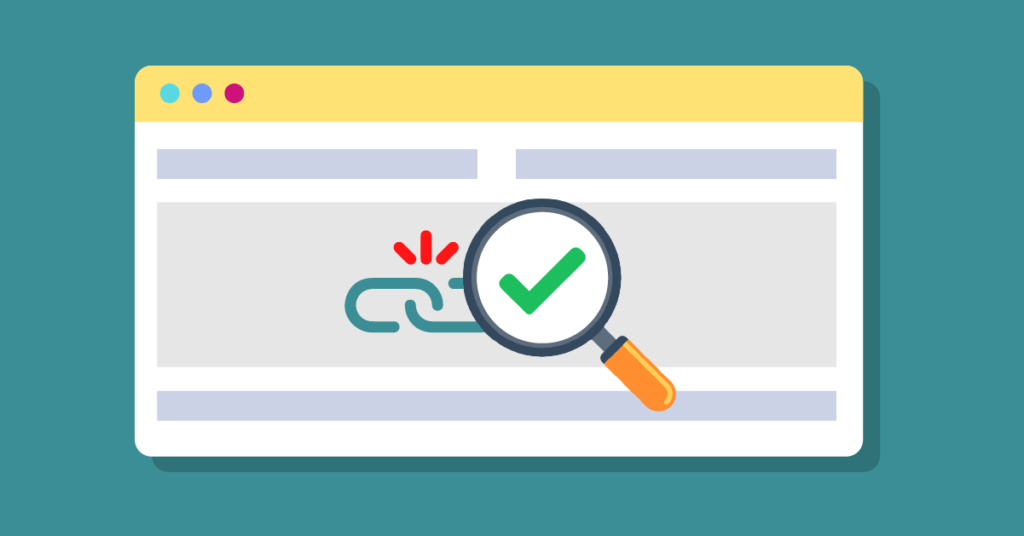
6. Broken Link Check
Regularly checking for and fixing broken links is crucial for maintaining a healthy, user-friendly website and improving your SEO rankings. Broken links lead to poor user experience and can harm your site’s credibility and SEO performance. They disrupt the flow of navigation, potentially leading to higher bounce rates and lost traffic. Tools like Google Webmaster Tools or various third-party applications can help you identify and fix broken links.
Addressing these links promptly ensures that your site remains navigable and trustworthy. This process also helps maintain the integrity of your site’s structure, ensuring search engines can crawl and index your content effectively. Keeping your site free of broken links is an ongoing task that significantly contributes to the overall health and performance of your site audit to your website in search engine rankings.
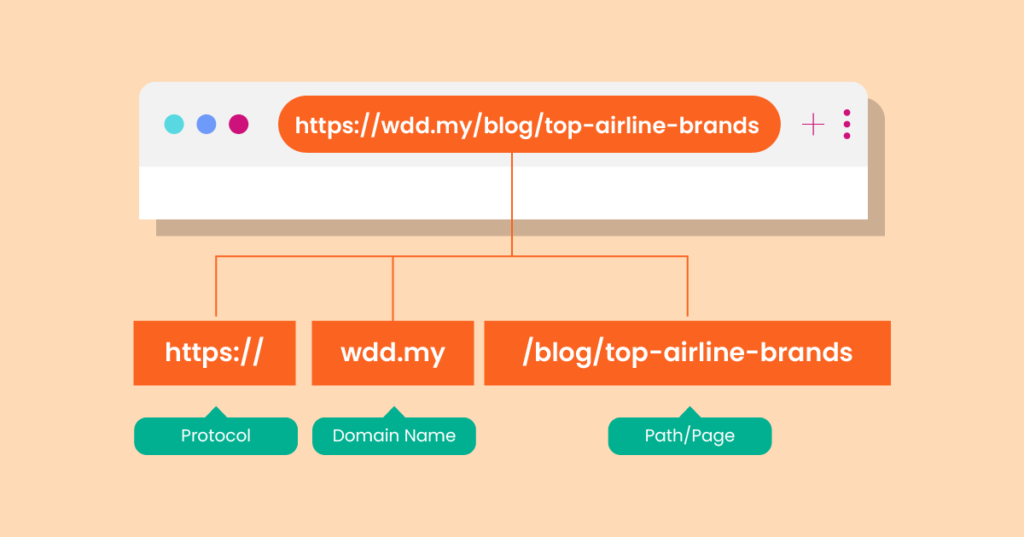
7. Improve Page URLs
Optimising page URLs is an essential aspect of SEO, contributing to better site structure and user experience. A well-structured URL should be clear, concise, and descriptive, incorporating relevant keywords to convey the content of the page. This clarity not only benefits users in understanding the page’s context but also aids search engines in indexing and ranking your site, ultimately improving your search engine ranking.
Avoid using long, complicated URLs filled with unnecessary parameters or numbers. Instead, focus on creating readable, straightforward URLs that reflect the content hierarchy of your website. Consistent, logical URL structures enhance the navigability of your site, making it more user-friendly and accessible. Furthermore, well-crafted URLs can serve as a minor ranking factor, reinforcing the relevance of your content to specific search queries.
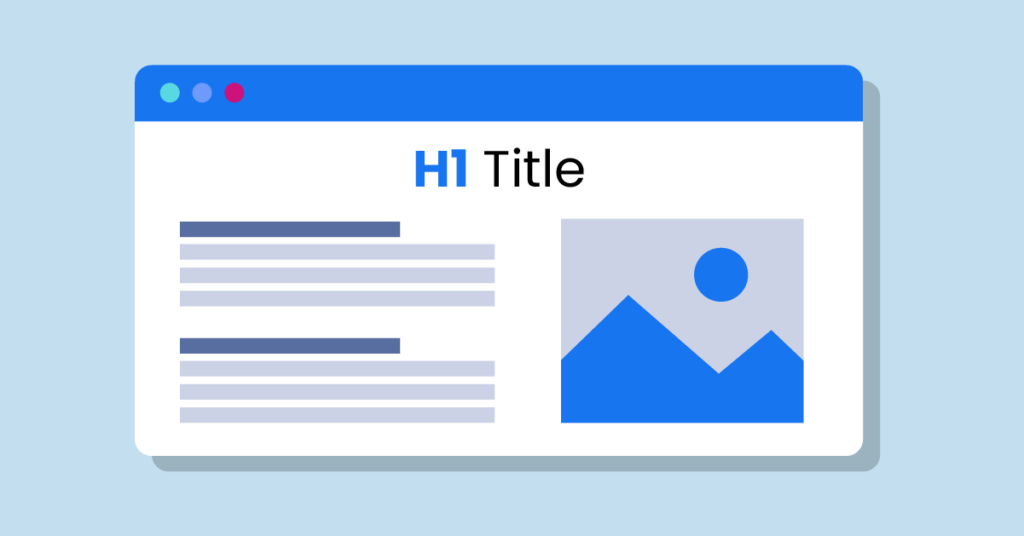
8. H1 Tags Check
H1 tags are a pivotal element in structuring your web content. They provide a clear indication of the main topic or headline of your page, both to users and search engines. Ensuring that each page on your website has a single, relevant H1 tag is essential. This tag should accurately reflect the page’s content and include primary keywords to boost SEO. The H1 tag is typically the most prominent text on the page, setting the tone and context for the rest of the content.
A well-optimised H1 tag contributes to a better understanding of your page by search engines, potentially improving your SEO rankings first page up. Additionally, a clear and concise H1 tag improves the user experience, making it easier for visitors to grasp the main focus of the page quickly.
9. Target Keywords With High Commercial Intent
Targeting keywords with high commercial search intent is essential to increase conversions and revenue. Commercial intent refers to the likelihood that a user is looking to make a purchase. By targeting keywords with high commercial intent, you can attract users who are more likely to convert, which can lead to increased revenue and business growth.
To target keyword keywords with high commercial intent, follow these steps:
Use tools like Google Keyword Planner or Ahrefs to find keywords with high commercial intent.
Analyze the search volume and competition for each keyword.
Choose keywords that have high search volume and low competition.
Optimize your content to target the chosen keywords.

10. Mobile-Friendly Test
With the increasing prevalence of mobile internet usage, having a mobile-friendly website is crucial for visibility in Google’s search results. Google’s Mobile-Friendly Test can help you determine if your site is optimised for mobile devices, which is essential for maintaining a good ranking in search results.
A mobile-friendly website should have responsive design elements that adjust content to fit various screen sizes, ensuring a seamless user experience across all devices. This responsiveness not only improves user engagement but also contributes to better SEO, as search engines favour sites that cater to mobile users. Regular testing and updating your site for mobile compatibility is vital in today’s mobile-first digital landscape.
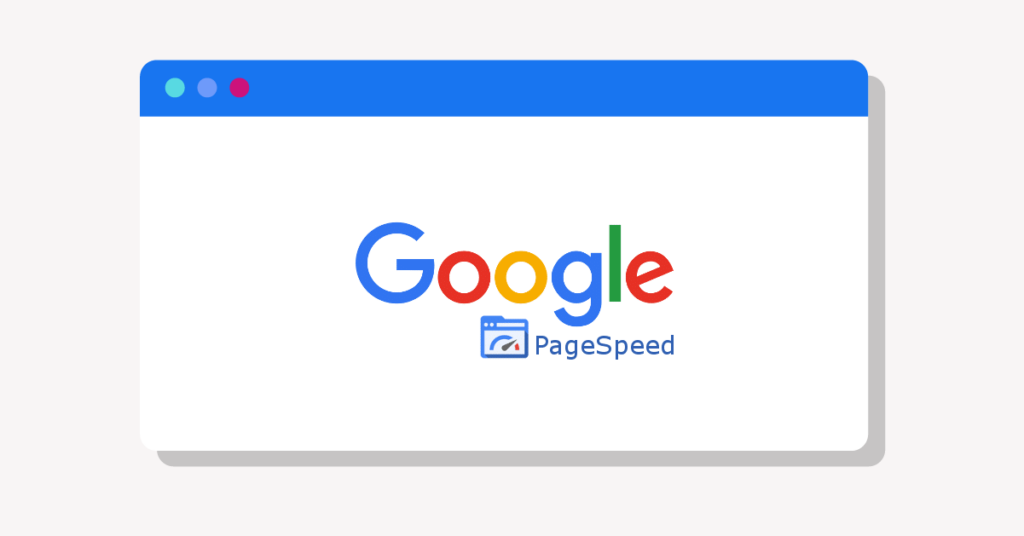
11. Page Speed Insights
Page loading speed is a critical factor in both user experience and SEO. Slow-loading pages can lead to higher bounce rates and lower user engagement, negatively impacting your search engine rankings. Tools like Google’s PageSpeed Insights provide valuable insights into your website’s performance, identifying issues that may be slowing down your site.
Optimising elements such as image sizes, browser caching, and script handling can significantly improve loading times. Search engine crawlers also benefit from faster page speeds, as it helps them index your site more efficiently. Prioritising page speed is not only beneficial for SEO but also enhances the overall user experience, encouraging longer and more meaningful interactions with your content.
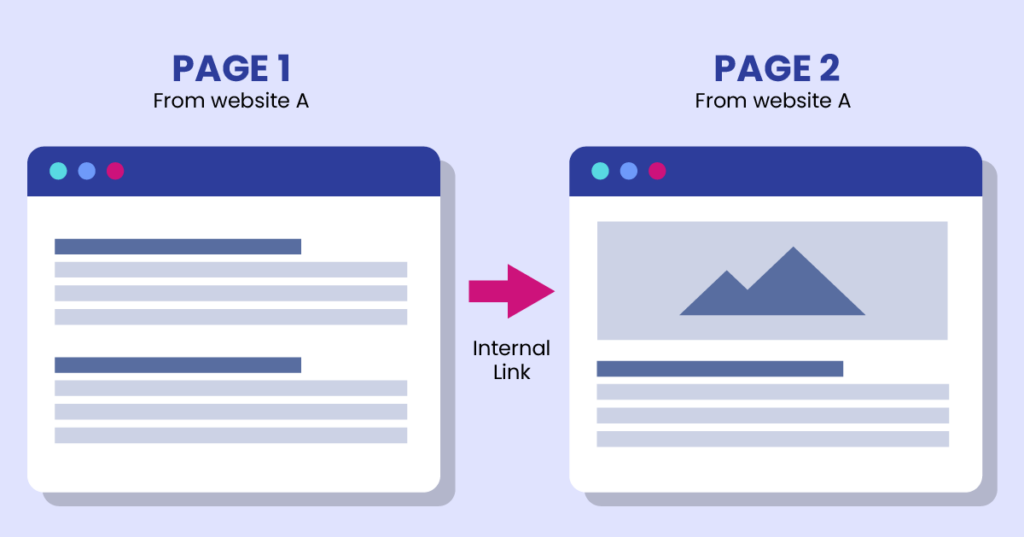
12. Internal Linking
Internal linking is a powerful SEO strategy that can significantly improve your SEO rankings by linking to other pages within your website. This practice helps distribute page authority throughout your site, making it easier for search engines to crawl and index your content. Effective internal linking provides a clear path for users to navigate your site, potentially increasing engagement and time spent on your site. It also allows you to add internal links that highlight the most important pages, guiding users and search engines to your priority content.
When implementing internal and external links together, ensure they are relevant and add value to the user’s experience. This approach not only boosts your SEO but also enhances the overall coherence and usability of your website.
13. Focus on Local SEO
Focusing on local SEO is essential to increase online visibility and attract local customers. Local SEO involves optimizing your website and online presence to rank higher in local search engine results. By targeting local keywords and phrases, you can attract users from other websites who are searching for products or services in your area.
To focus on local SEO, follow these steps:
Claim and optimize your Google Business Profile (GBP).
Use local keywords and phrases in your content.
Ensure that your website is mobile-friendly and has a fast loading speed.
Use online directories and citations to increase your online presence.
14. Utilize Google Search Console Insights
Utilizing Google Search Console insights is essential to improve search engine rankings and increase online visibility. Google Search Console provides valuable data and insights about your website’s performance in Google search results. By analyzing this data, you can identify areas for improvement and optimize your website to increase search engine rankings and organic traffic.
To utilize Google Search Console insights, follow these steps:
Set up Google Search Console for your website.
Analyze the data and insights provided by Google Search Console.
Identify areas for improvement, such as broken links and meta description errors.
Implement the suggested fixes to improve your website’s search engine rankings.
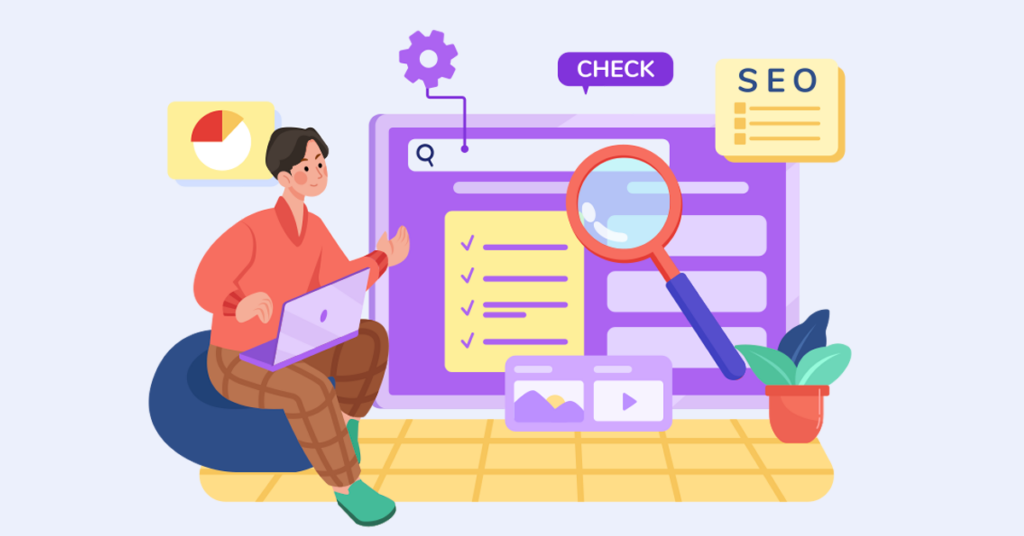
Moving forward with these quick SEO fixes
To sum up, these nine quick SEO fixes are integral to enhancing your website’s performance and visibility in search engine ranking results. Starting with the optimization of title tags and meta descriptions, we understand the importance of first impressions in your search engine success results. Alt-text for images and fixing broken links improve both accessibility and user experience, while enhancing SEO.
The significance of well-structured page URLs and the use of H1 tags lies in their ability to clearly communicate page content to both users and search engines. In today’s mobile-first world, ensuring your website is mobile-friendly is non-negotiable, and the speed at which your pages load directly impacts user experience and search rankings.
Lastly, internal linking not only aids in website navigation but also in distributing page authority and ranking power throughout duplicate content on your site. Implementing these fixes will not only improve your website’s SEO performance but will also enhance the overall experience for your visitors, paving the way for increased engagement and conversions.
Are you facing these 9 issues with your existing website?
Struggling to navigate the complex waters of SEO? You’re not alone. In today’s digital marketing landscape, having a well-optimised website is crucial for success, but it can often feel overwhelming. That’s where WDD Malaysia comes in. Our team of experts specialises in optimising web pages, ensuring they not only rank well in search engines but also provide an outstanding user experience.
Creating a well-structured blog post is essential for SEO, as it helps fill content gaps and enhances comprehensiveness.
By engaging with WDD Malaysia, you’re taking a significant step towards making your website great again. We understand the nuances of SEO and are equipped to implement these nine quick fixes, along with a comprehensive strategy tailored to your unique needs.
Don’t let your website fall behind in the digital race. Contact WDD Malaysia today and start your journey towards a more visible, engaging, and effective online presence. Your optimised website is just a conversation away!


